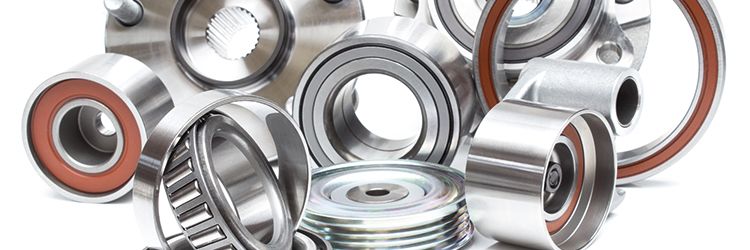What to consider when choosing an inspection system
A central component of most industrial manufacturing processes, the technical cleanliness inspection workflow is an involved procedure that includes a number of preparation and inspection steps. The following is a brief overview of this process:
- Preparation
- Parts Washing
- Extraction & Filtration
- Drying & Weighing
- Inspection
- Image Acquisition
- Particle Detection
- Particle Size Measurement & Classification
- Particle Count Extrapolation & Normalization
- Contamination Level Calculation
- Cleanliness Code Definition
- Maximum Approval Check
- Separation of Reflective & Non-Reflective Particles
- Fiber Identification
- Results Review
- Reporting
A number of measures can be taken to optimize this multistep workflow and help ensure consistently reliable inspection results. Here are a few things to consider when investing in a technical cleanliness inspection system:
Durable System Components/Fixed System Setup
Look for a turnkey system with a fixed system setup that requires only minimal adjustment by the user to help ensure durability and maximum automation capabilities. A fixed system setup should also yield reproducible observation conditions and superb image quality by integrating high-quality optics, high-performance imaging sensors, and intuitive processing software. A seamless integration of hardware and software will also enable the simultaneous delivery of high throughput and reliable, accurate data.
Maximized Automation/Optimal Reproducibility
Another important inspection system benefit is maximized automation, which helps reduce user error and increase throughput. A fully automated system will provide reproducible imaging conditions that enhance image quality and provide excellent repeatability, reproducible positioning and integrated calibration, and minimized user interaction due to a clutter-free GUI.
Intuitive Software Guidance/Simplified Workflow
System software that intuitively guides operators through the inspection process is another essential aspect of successful technical cleanliness inspection. Step-by-step software guidance greatly reduces inspection and process time and cuts down on handling errors. The right software can also simplify workflow, breaking it down into its three essential segments: inspection, review, and reporting. Productivity is improved, cycle times are reduced, and quality standards are upheld.
Real-Time Assessment/Live Analytics
An effective inspection system should also provide the inspector with the ability to analyze samples in real time. In the case of the OLYMPUS CIX100 technical cleanliness inspection system, a novel polarization method enables live analytics of both reflective and non-reflective particles ranging from 2.5 µm to 42 mm. This unique all-in-one scanning solution enables particle scans to be completed twice as fast as with other inspection systems.
Efficient Data Evaluation/Direct Decision-Making
The truest benefit of real-time analysis is that reaction times in case of a failed test are drastically reduced. Live display of counted and sorted particles into size classes enables direct decision-making regarding reprocessing, which saves valuable time and allows inspection issues to be addressed as quickly as possible. In some cases, overview images can assist in identifying filter coverage or particle clusters before sample inspection begins.
Simple Particle Review/Revision of Inspection Data
The faster you can review, revise, and recalculate, the faster you can address critical inspection issues. The OLYMPUS CIX100 system offers powerful, easy-to-use tools that let you revise inspection data while maintaining repeatable results in combination with guided particle review. Thumbnail images of all detected contaminants are linked with their dimensional measurements for simple particle review and revision. This clear representation of all relevant inspection data offers maximum time savings and flexibility in support of international standards.
Fully Compliant Reporting/Easy Setup and Export
When even inexperienced operators can quickly create reports that comply with company and industry standards, time is saved, effort is reduced, and results and issues are quickly addressed. With predefined compliant templates that can be exported to Word or a PDF in one click, documentation and sharing of inspection results is fast and easy. Predefined templates also help ensure adherence to company regulations and identical formatting. Sharing of report files is also made simple with sizing for email exchange.
We hope these considerations make it easy for you to determine the technical cleanliness inspection system that will best meet your needs, and how to best optimize your inspection workflow.
Related Content
- An Introduction to Technical Cleanliness Inspection
- The Increasing Importance of Technical Cleanliness
- A Turnkey Solution to Technical Cleanliness
Get In Touch

